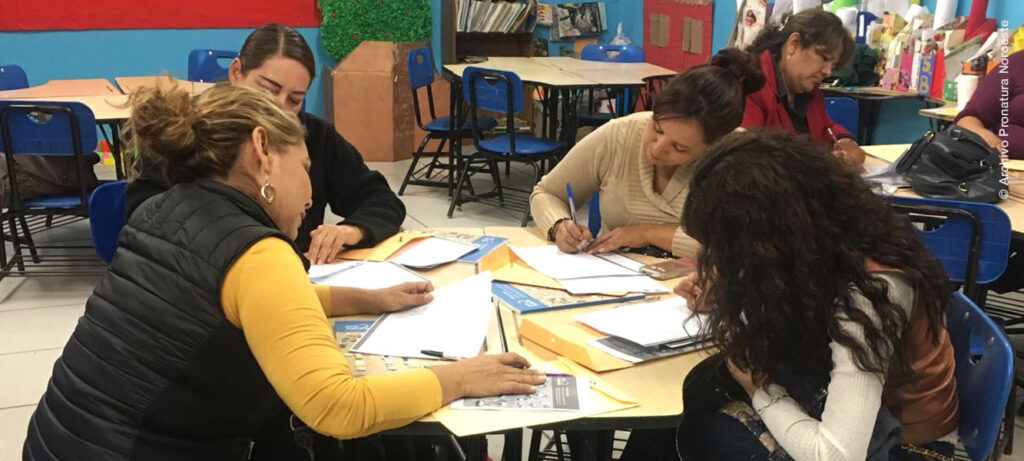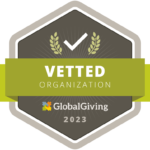Identifying changes of attitude as a result of educational materials we promote is fundamental to defining adjustments to guides, workshops, and trainings.
Given the need to obtain indicators about the frequency material is used and identify the scope of teacher training, we designed an instrument to measure if the content of the educational materials we develop leads to a change in attitude and behaviors by students, teachers, and communities in which we work.
This instrument is the result of the research project, “Evaluation of informal environmental education strategies in school classrooms. Case study: Marine environment and fishing guide” that Luis Sanchez Carreño, Conservation Education Program collaborator, created as part of his Master of Science degree coursework at the Autonomous University of Baja California.
The research focused on two dimensions: evaluation of the guide, where the usefulness and quality of the material to complement educational content was analyzed; and the detection of a change in attitudes related to the issues raised. “Usually civil society organizations and national conservation agencies do not evaluate population behavior change, there is no follow-up on what is being administered in educational materials, while conservation education seeks changes in our behaviors related to the environment,” said Luis Sanchez.
The tool allows us to identify if the program and material are structured appropriately, or what is needed to positively impact behavior change; for this, four indicators were developed: generating interest, introducing knowledge, encouraging reflection, and changing habits. Although the application was made based on the guide, “The marine environment and fishing,” the instrument is flexible and can be adapted to other educational guides from Pronatura Noroeste.
Among the results of this research, it stood out that 2,021 students (59.85% of the participant sample) acquired values that translated into pro-environment behaviors and attitudes through the environmental pedagogy approach.
The hope is that these results will direct the Conservation Education program in methodological improvement of the educational content we offer and provide with a close view of the behavior of the target population.













